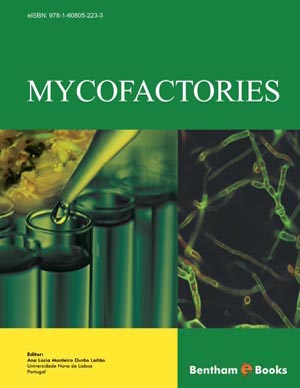Abstract
The zygomycetous fungi occupy many important niches with impact on humans. To list a few, biocatalysts to produce steroids, organic acids, β-carotene, a variety of fermentation products, sources for chitosan and other polymers, biocontrol of insect pest and causative agents of mycoses and storage decays. The zygomycetes are also one of the important tools for recombinant studies. This group consists of ten orders, 32 families, around 124 genera, and 870 species. Earlier, a distinct characteristic viz. the reversible transition between the yeast and hyphal form, was reported in genera Mucor, Cokeromyces and Mycotypha. Similar transitions or giant cell formation now have been reported in other zygomycetes such as Benjaminiella, Rhizopus, Absidia, Chytridiopsis and others. The environmental perturbations triggering vegetative differentiation in different genera and cause-effect relationship of enzymes involved in ammonia assimilation, cell wall synthesis and degradation and other pathways will be discussed. Furthermore, to understand the molecular mechanism underlying this phenomenon the role of different genes such as ornithine decarboxylase, glutamate dehydrogenase, chitin synthase, actin, tubulin and others will be explored. The issues regarding the positioning of dimorphic zygomycetes in the evolution of fungi will also be addressed. The possibility of the use of dimorphism of zygomycetes for various applications will also be given.
Keywords: Benjaminiella, chitin deacetylase, chitin synthase, glutamate dehydrogenase, Mucor, ornithine decarboxylase, polyamines, yeast-hypha transition, zygomycota, dimorphism, differentiation cell wall.






